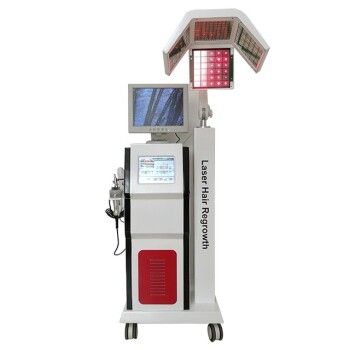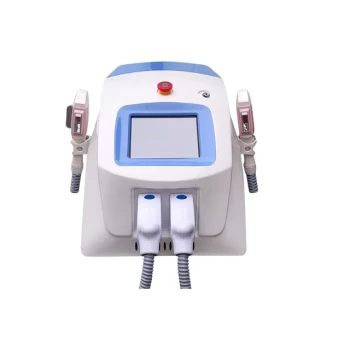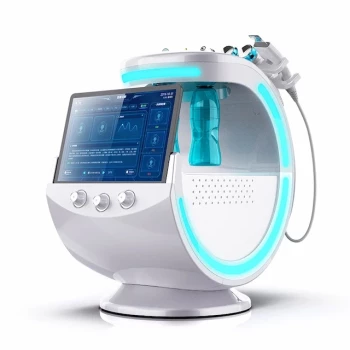Yes, certain hair regrowth methods are scientifically proven to work, but they are not cures. Decades of research show that two treatments, minoxidil and finasteride, have the strongest evidence for effectiveness. These methods can produce modest regrowth and are significantly better than a placebo, but they require consistent, long-term use to maintain any results.
While there is no known cure for common hair loss, clinically-backed treatments exist that can effectively slow its progression and, in some cases, result in partial regrowth. The key is understanding that the goal is management and maintenance, not a complete reversal.
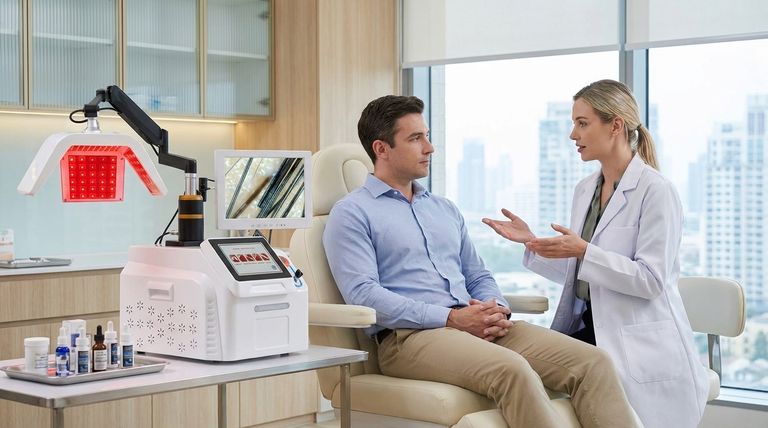
How Proven Treatments Actually Work
To make an informed decision, you must first understand the mechanisms behind the most validated treatments. They don't create new hair follicles; they work to reactivate or preserve the ones you already have.
Minoxidil (Topical Solution)
Minoxidil is an over-the-counter topical solution or foam applied directly to the scalp. Its primary function is thought to be as a vasodilator, widening blood vessels.
This process increases blood flow to the hair follicles, delivering more oxygen and nutrients. This can help push follicles into the anagen (growth) phase and keep them there longer.
Finasteride (Oral Medication)
Finasteride is a prescription oral medication that works on a hormonal level. It is not mentioned in detail in the references but is noted as having strong research support alongside minoxidil. It functions by inhibiting the hormone DHT, a primary trigger for male pattern baldness.
Setting Realistic Expectations
The word "works" can be misleading. For hair loss, success is measured by slowing or stopping further loss and achieving a noticeable, but often limited, amount of regrowth.
It's About Maintenance, Not Miracles
The most realistic outcome for these treatments is the preservation of your current hair and the slowing of future thinning. Any regrowth is a secondary benefit.
Results Are Modest
You will likely never regrow a full, dense head of hair from your youth using these methods alone. The improvement is often described as "modest," meaning a visible but not dramatic increase in coverage.
Consistency is Non-Negotiable
These are not one-time fixes. The treatments only work for as long as you are using them. If you stop applying minoxidil or taking finasteride, any hair that was maintained or regrown will likely be lost within a few months.
Understanding the Trade-offs
Choosing to start a hair regrowth regimen involves committing to a long-term plan with inherent limitations. Objectivity is crucial.
The Lifelong Commitment
The most significant trade-off is the need for continuous, regular application for the rest of your life. This requires a commitment of both time and financial resources that should not be underestimated.
The "Better Than Nothing" Outcome
The proven effectiveness of these treatments is scientifically defined as being superior to a placebo. For many, this tangible improvement is a significant victory. For others, a "modest" result may not feel worth the daily effort and expense.
Making the Right Choice for Your Goal
Your strategy should be dictated by a clear understanding of what is realistically achievable.
- If your primary focus is to actively slow down hair loss: Investigating treatments like minoxidil and finasteride is the most scientifically sound approach available today.
- If your primary focus is finding a complete cure: You must understand that current medical science does not offer a way to permanently reverse common genetic hair loss.
Ultimately, making an informed decision comes from aligning realistic medical outcomes with your personal goals.
Summary Table:
| Method | How It Works | Key Consideration |
|---|---|---|
| Minoxidil (Topical) | Increases blood flow to hair follicles to promote growth. | Requires consistent, lifelong application. |
| Finasteride (Oral) | Reduces DHT hormone to slow hair loss. | Prescription-only; long-term commitment is essential. |
Struggling with client hair loss concerns? BELIS specializes in professional medical aesthetic equipment for clinics and premium beauty salons. We provide advanced technologies to help you offer effective, science-backed treatments. Enhance your service offerings and achieve better client outcomes. Contact our experts today to learn how we can support your practice.
Visual Guide
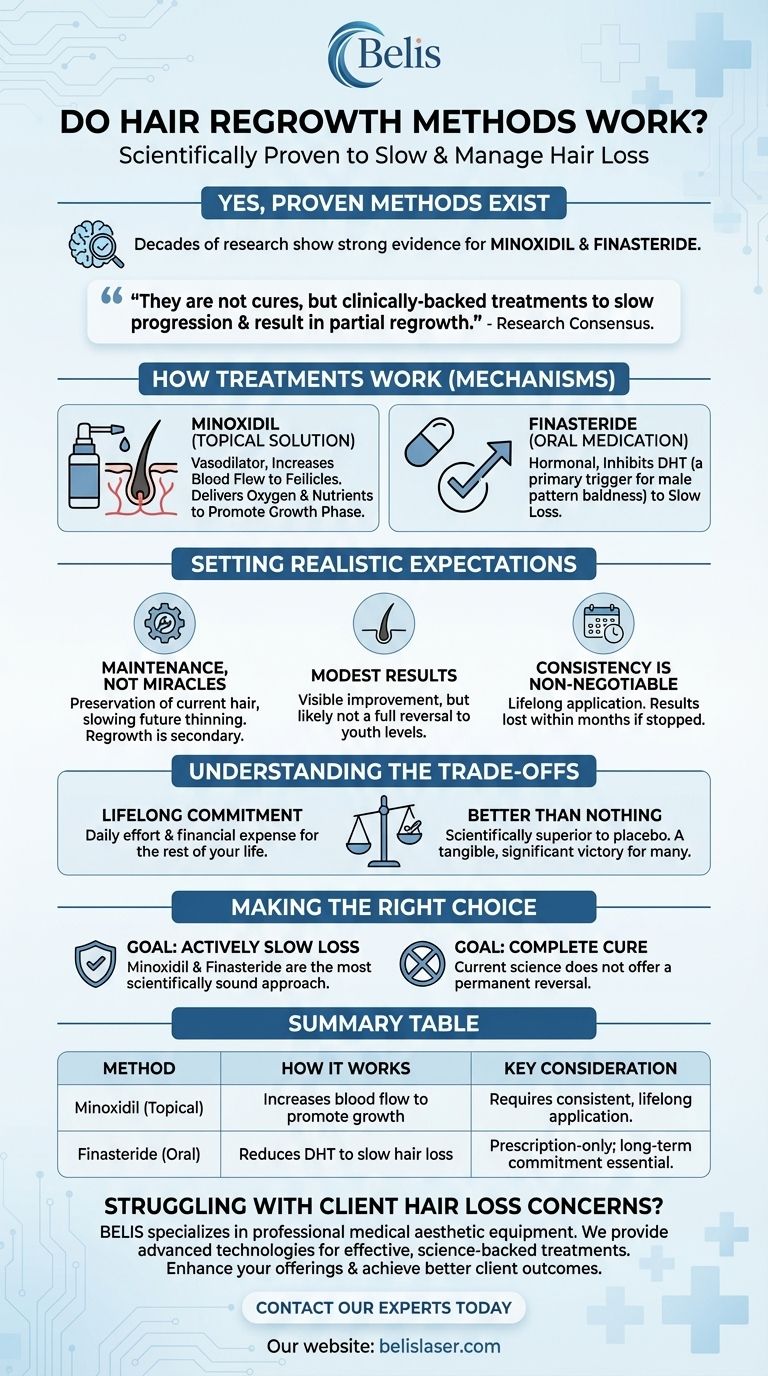
Related Products
- Multifunctional Laser Hair Growth Machine Device for Hair Growth
- Multifunctional Laser Hair Growth Machine Device for Hair Growth
- Hydrafacial Machine Facial Clean Face and Skin Care Machine
- IPL SHR+Radio frecuency machine
- Diode Tri Laser Hair Removal Machine for Clinic Use
People Also Ask
- What is the success rate of LLLT hair treatment? Over 80% Success in Slowing Hair Loss
- How often should you do laser hair regrowth? A Guide to the Two-Phase Treatment Schedule
- What does the SHR do? The Gentle, Pain-Free Revolution in Laser Hair Removal
- Do laser caps really regrow hair? A Science-Backed Guide to Effective Hair Regrowth
- How often should I use high frequency for hair growth? Optimize Your Scalp Health Routine

